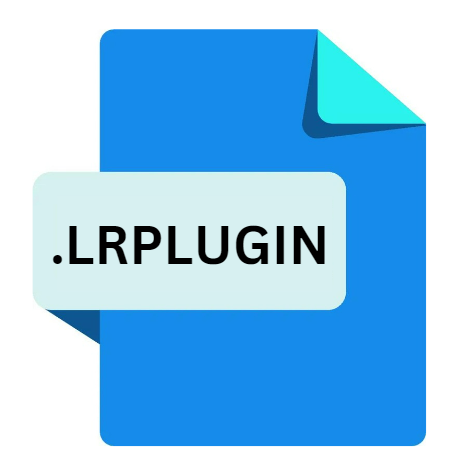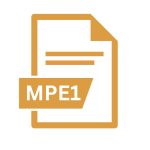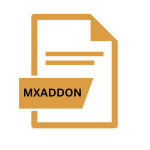.LRPLUGIN File Extension

Adobe Lightroom Classic Plug-in
| Developer | Adobe Systems |
| Popularity | |
| Category | Plugin Files |
| Format | .LRPLUGIN |
| Cross Platform | Update Soon |
What is an LRPLUGIN file?
.LRPLUGIN files are extensions associated with Adobe Lightroom Classic, a powerful photo editing and management software developed by Adobe Systems.
These files serve as plug-ins within Lightroom Classic, enabling users to extend the functionality of the software by adding new features, tools, or integration with external services.
More Information.
The .LRPLUGIN file format was introduced to Lightroom Classic early in its development to address the need for customization and extendibility.
Initially, Adobe provided a limited set of features and tools to cater to a broad audience. However, photographers often have specific workflows or require specialized tools not included in the default installation.
.LRPLUGIN files allowed developers to bridge this gap by creating custom solutions tailored to individual needs.
Origin Of This File.
Adobe Lightroom Classic, initially released in 2007, quickly became a staple tool for professional photographers and enthusiasts alike due to its intuitive interface and robust editing capabilities.
As its popularity grew, so did the demand for customizable features beyond what Adobe provided out of the box.
This led to the creation of the .LRPLUGIN file format, allowing third-party developers to create and distribute their own extensions to enhance Lightroom’s functionality.
File Structure Technical Specification.
.LRPLUGIN files are essentially packages containing various components that extend Lightroom Classic’s capabilities.
These components can include scripts, presets, templates, metadata definitions, and even executable binaries.
The structure of these files can vary depending on the functionality they provide, but they typically follow a standardized format defined by Adobe.
Inside a .LRPLUGIN file, you may find directories such as:
- Presets: Contains settings, adjustments, or filters applied to images.
- Scripts: Includes JavaScript files for automating tasks or adding new functionalities.
- Metadata: Stores information about the plug-in, such as author, version, and description.
- Resources: Houses additional files required for the plug-in to function correctly, such as icons or images.
How to Convert the File?
Converting .LRPLUGIN files are not a common task, as they are specifically designed for use within Adobe Lightroom Classic.
If you need to convert a plug-in for compatibility reasons or to share it with others who use different software, you may need to extract its contents and repurpose them accordingly.
To convert a .LRPLUGIN file:
- Extract Contents: Use a file extraction tool to unpack the contents of the .LRPLUGIN file.
- Analyze Components: Identify the individual components within the plug-in, such as presets, scripts, or resources.
- Adapt for Target Software: Depending on the target software, you may need to modify or repackage the components to work correctly.
Keep in mind that not all features or functionalities are provided by the original .LRPLUGIN file may be transferable or compatible with other software.
Advantages And Disadvantages.
Advantages:
- Customization: LRPLUGINs enable users to tailor Lightroom Classic to their specific workflows and requirements, enhancing productivity and efficiency.
- Extended Functionality: By leveraging LRPLUGINs, users can access a vast array of additional features and tools that complement Lightroom Classic’s native capabilities.
- Community Contributions: The open nature of LRPLUGIN development fosters a vibrant ecosystem of third-party developers and enthusiasts who contribute innovative plug-ins to the community.
Disadvantages:
- Compatibility Issues: Updates to Lightroom Classic or changes in system configurations can sometimes lead to compatibility issues with existing LRPLUGINs, requiring updates from developers.
- Security Risks: As with any third-party software, there is a potential risk associated with installing LRPLUGINs from unknown or untrusted sources. Users should exercise caution and verify the legitimacy of plug-ins before installation.
How to Open LRPLUGIN?
Open In Windows
- On Windows, LRPLUGIN files can be opened by simply double-clicking on them, provided that Lightroom Classic is installed on the system. Alternatively, users can extract the contents of the LRPLUGIN file using third-party archiving software and manually install the plug-in within Lightroom Classic.
Open In Linux
- While Lightroom Classic is not officially supported on Linux, some users have reported success running it through compatibility layers such as Wine. In such cases, LRPLUGIN files can be opened using Wine-compatible archiving software to extract their contents for installation within Lightroom Classic.
Open In MAC
- Similarly, on macOS, LRPLUGIN files can be opened by double-clicking or by using third-party archiving software to extract their contents. Once extracted, users can install the plug-in within Lightroom Classic.













